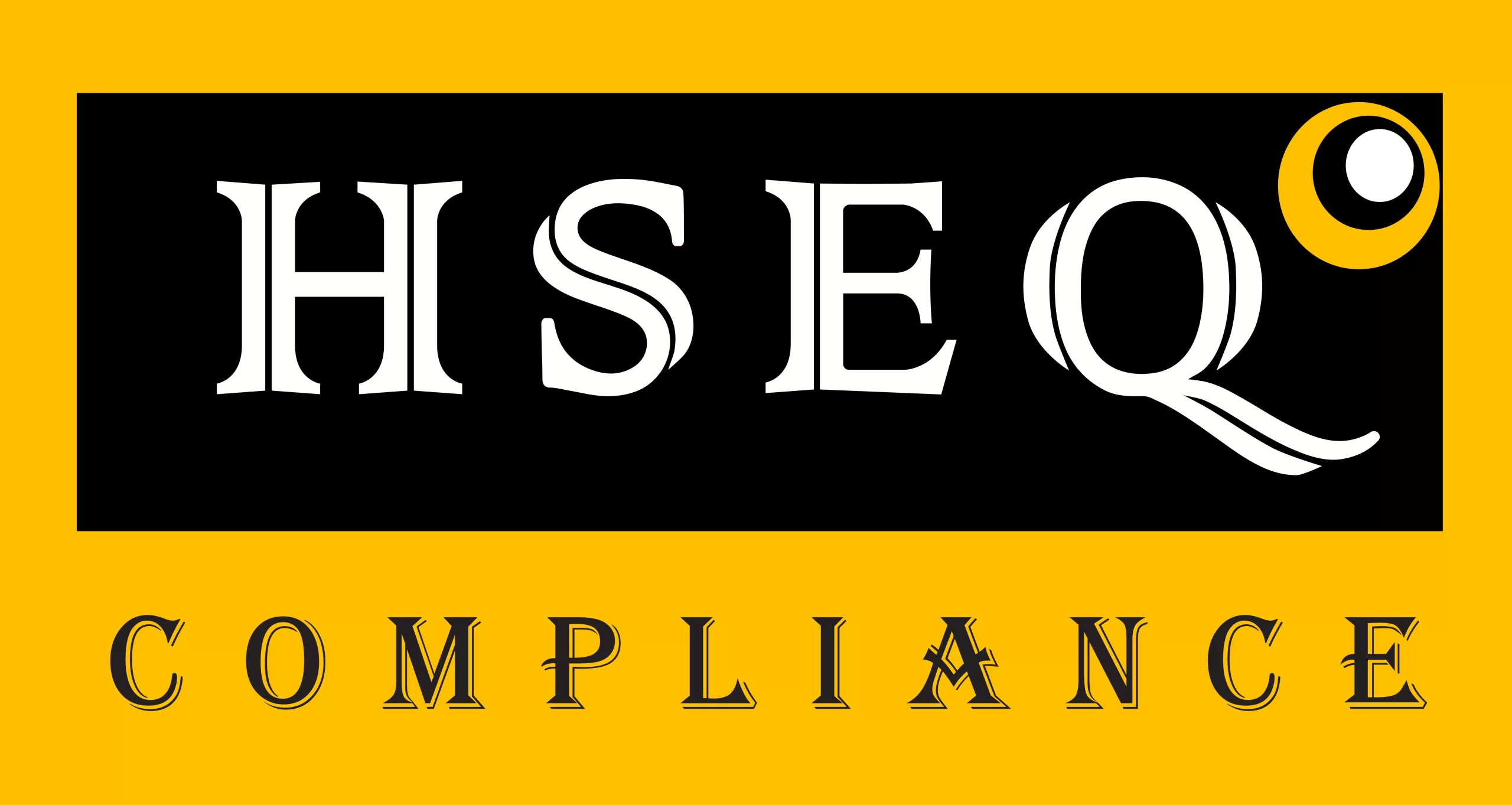An ISO Quality Management System (QMS) audit is a critical process for ensuring that an organisation’s quality management practices meet the standards required by ISO 9001 or other relevant ISO standards. Conducting an effective audit helps identify areas for improvement, ensures compliance, and drives overall business excellence. Here’s a comprehensive guide on how to conduct an effective ISO Quality Management System audit.
ISO Quality Management System Audit
1. Understand the Purpose and Scope of the Audit
Before starting the audit, it is essential to clarify the purpose and scope. An ISO QMS audit typically aims to verify compliance with ISO standards, assess the effectiveness of the QMS, and identify opportunities for improvement. Define the scope by determining which processes, departments, or locations will be audited. This ensures that the audit is focused and relevant.
2. Prepare the Audit Plan
An audit plan outlines the auditor’s objectives, scope, schedule, and resources. It should include:
- Audit Objectives: Clearly state what the audit aims to achieve, such as verifying compliance or evaluating effectiveness.
- Scope: Define the boundaries of the audit, including specific processes or areas to be reviewed.
- Schedule: Develop a timeline for the audit, including start and end dates, and allocate time for each audit activity.
- Resources: Identify the audit team members, required tools, and any necessary documentation.
The audit plan should be communicated to all relevant stakeholders well in advance to ensure preparedness and cooperation.
3. Select and Train the Audit Team
Choose a team of qualified auditors who are familiar with ISO standards and have relevant experience. Auditors should be impartial, objective, and skilled in audit techniques. Training may be required to ensure that the team is up-to-date with the latest ISO requirements and audit procedures. The audit team should include:
- Lead Auditor: Responsible for overall audit planning, execution, and reporting.
- Auditors: Conduct the audit, gather evidence, and assess compliance.
- Observers: Optional team members who support the audit process but do not participate directly in the assessment.
4. Review Documentation
Before the audit, review relevant documentation to understand the organisation’s QMS. Key documents to review include:
- Quality Manual: Provides an overview of the organisation’s QMS and its structure.
- Procedures and Work Instructions: Detail specific processes and practices within the QMS.
- Previous Audit Reports: Offer insights into past findings and corrective actions.
- Records: Include records of processes, training, and previous non-conformities.
Document review helps auditors gain a clear understanding of the QMS and prepares them for effective assessment.
5. Conduct the Audit
The audit process involves several key steps:
- Opening Meeting: Begin with a meeting to introduce the audit team, outline the audit plan, and confirm the scope and objectives. Address any questions or concerns from the auditee.
- Data Collection: Gather evidence through various methods, including interviews, observations, and document reviews. Use audit checklists to ensure that all relevant areas are covered.
- Process Evaluation: Assess whether processes are being followed as documented and if they meet ISO standards. Look for evidence of conformity and areas where processes may need improvement.
- Non-Conformance Identification: Document any instances where processes do not comply with ISO requirements or where improvement opportunities exist. Clearly describe the non-conformities, including their impact and potential causes.
6. Analyse Findings and Prepare the Report
After the audit, analyse the collected data to determine the extent of compliance and identify areas for improvement. Prepare an audit report that includes:
- Executive Summary: Provides an overview of the audit findings, including any significant non-conformities or areas of concern.
- Detailed Findings: Includes specific observations, evidence, and non-conformities identified during the audit.
- Recommendations: Suggest corrective actions and improvements to address the identified issues.
- Conclusion: Summarises the audit results and overall assessment of the QMS.
The report should be clear, objective, and supported by evidence.
7. Conduct the Closing Meeting
Hold a closing meeting with relevant stakeholders to present the audit findings and discuss any non-conformities or areas for improvement. The meeting should:
- Review Findings: Present the audit results and provide an opportunity for feedback and clarification.
- Discuss Corrective Actions: Agree on corrective actions and timelines to address any identified issues.
- Seek Feedback: Gather input from the auditee to improve the audit process and address any concerns.
8. Follow-Up and Verification
After the audit, monitor the implementation of corrective actions and verify that issues have been resolved. Follow up with the auditee to ensure that corrective actions are effective and that the QMS is continually improving.
Conclusion
Conducting an effective ISO Quality Management System audit requires careful planning, thorough execution, and clear communication. By understanding the audit’s purpose, preparing adequately, and following a structured approach, you can ensure that your audit provides valuable insights, drives continuous improvement, and supports compliance with ISO standards. Regular audits are essential for maintaining the effectiveness of your QMS and achieving long-term organisational success.

